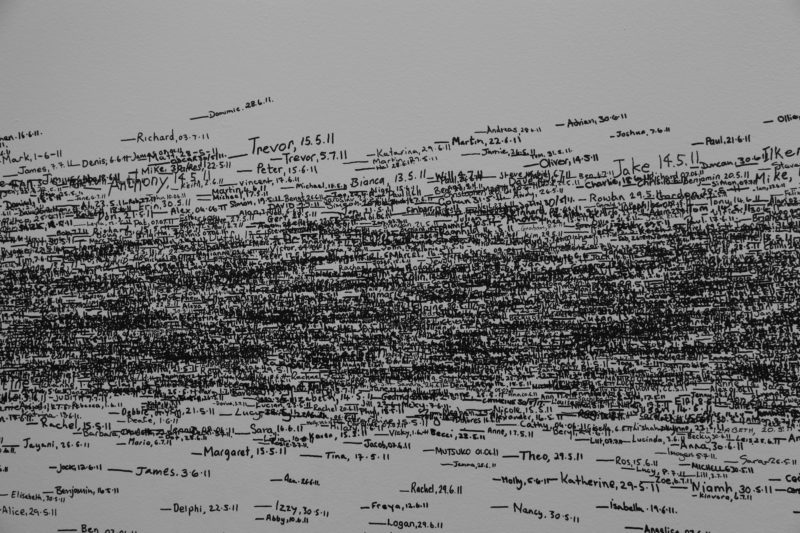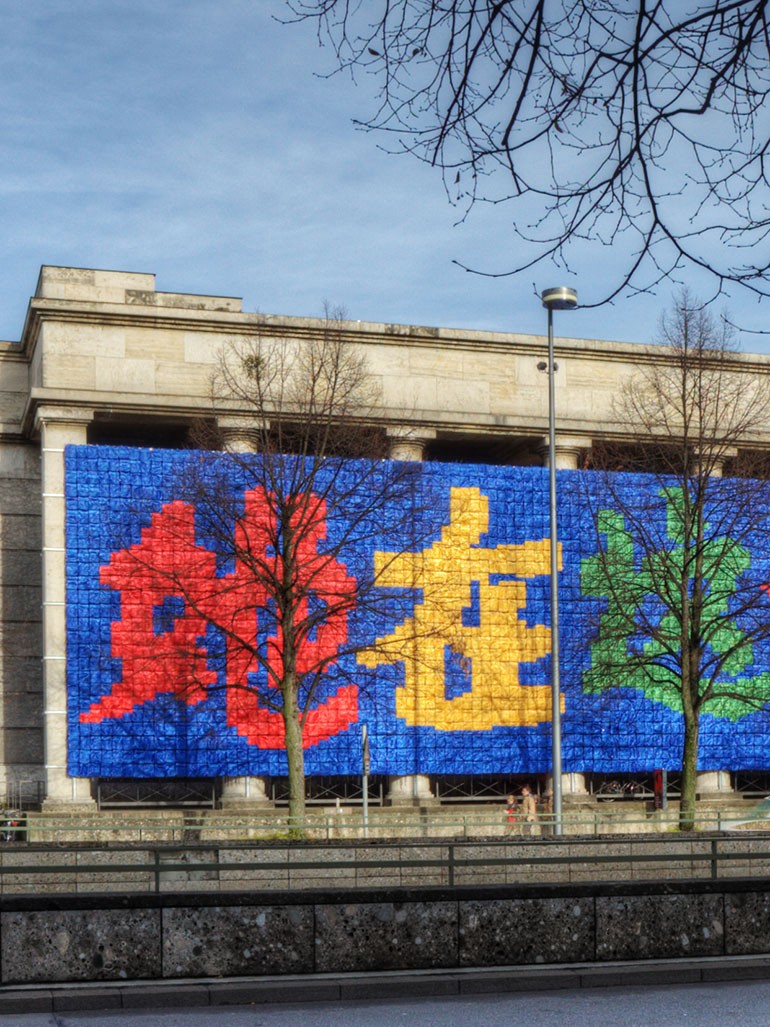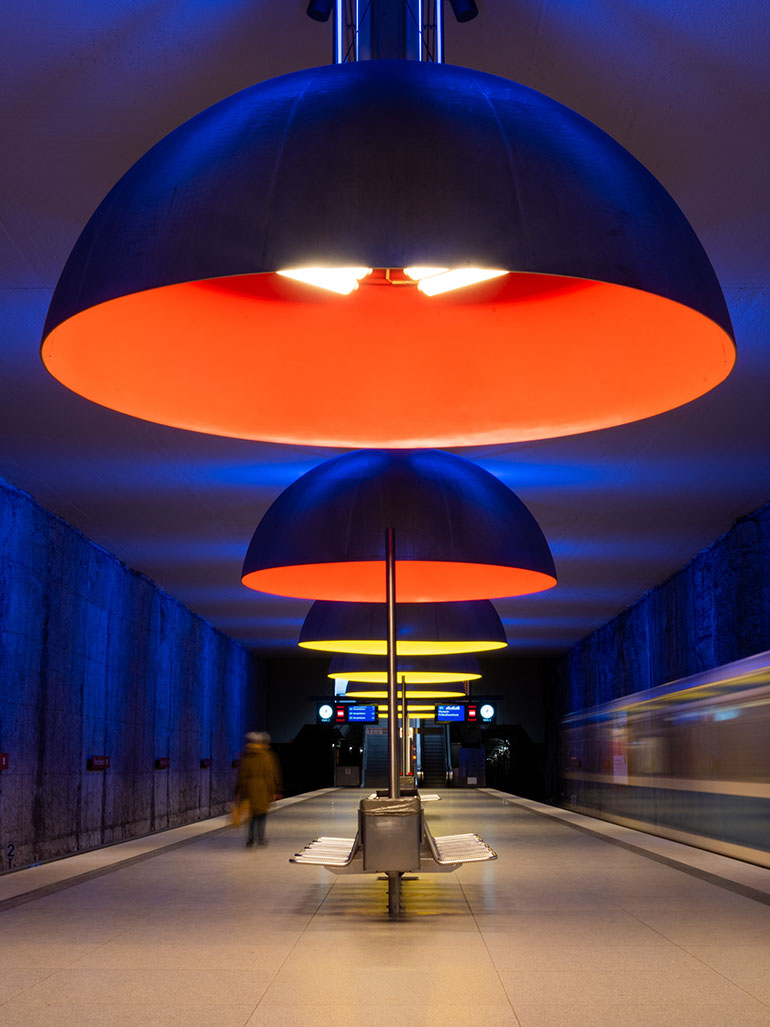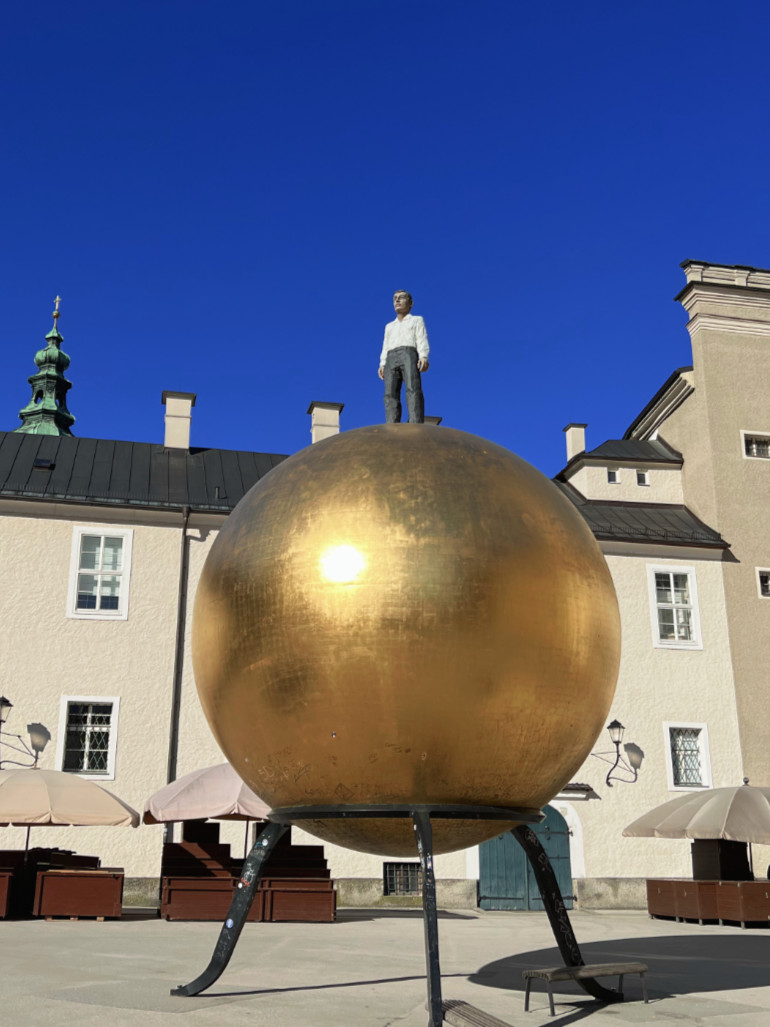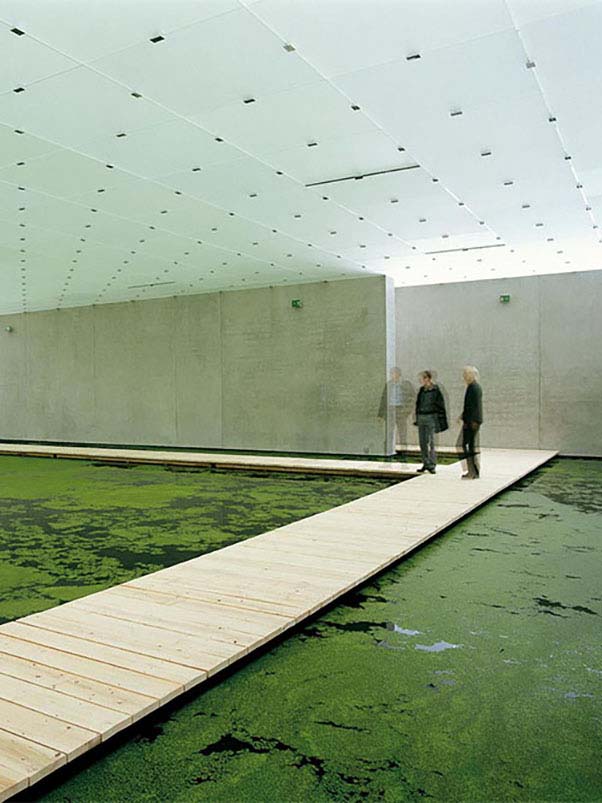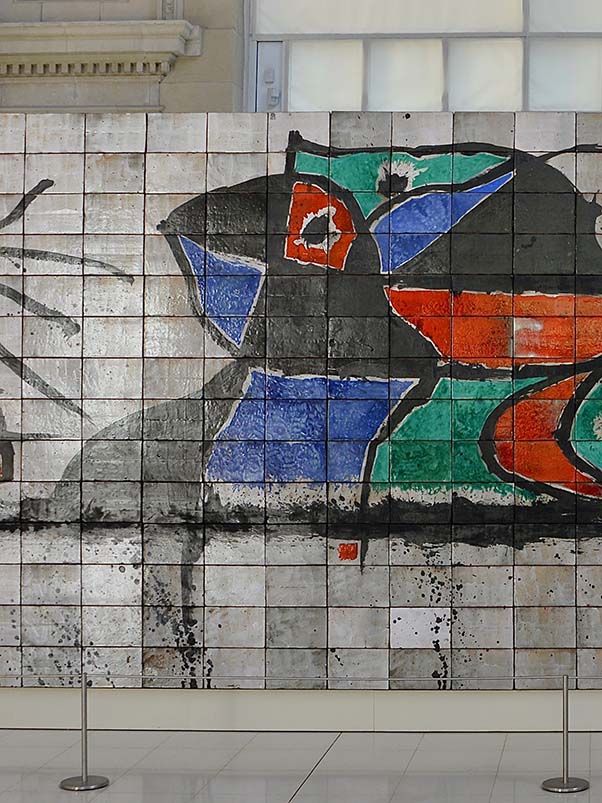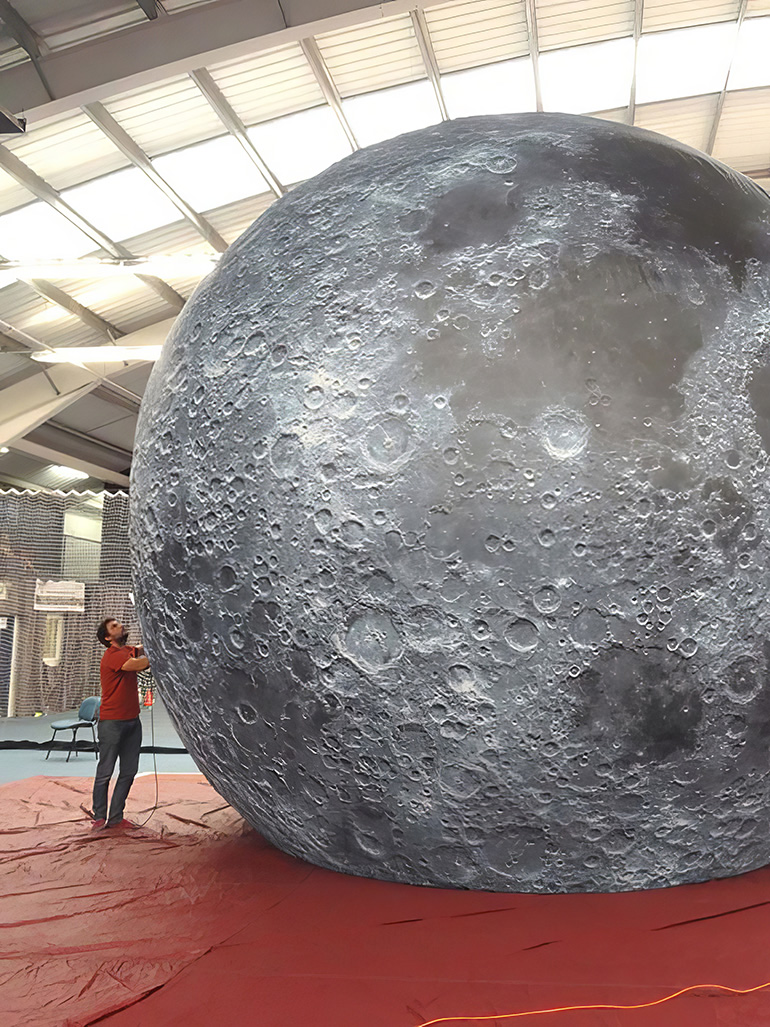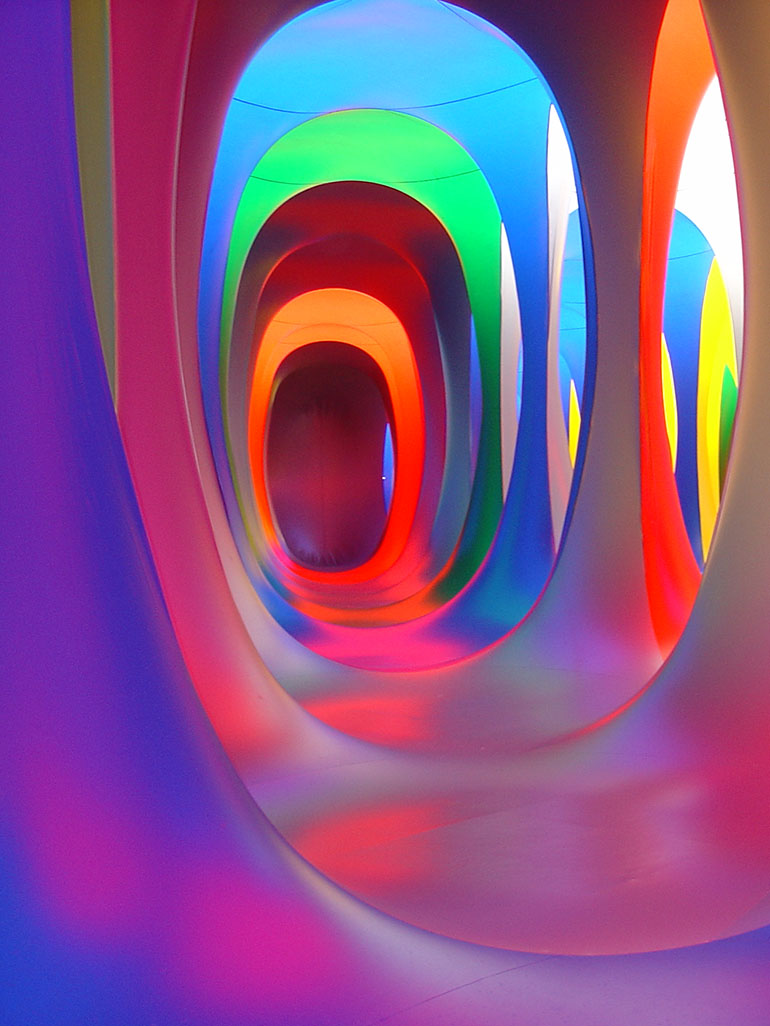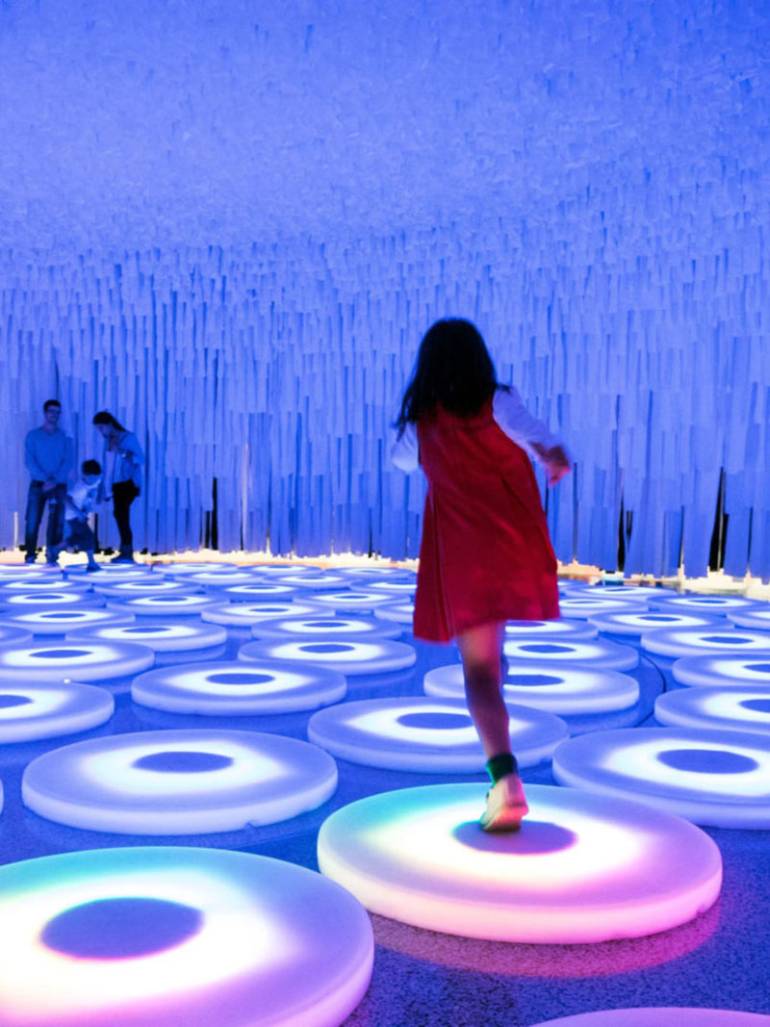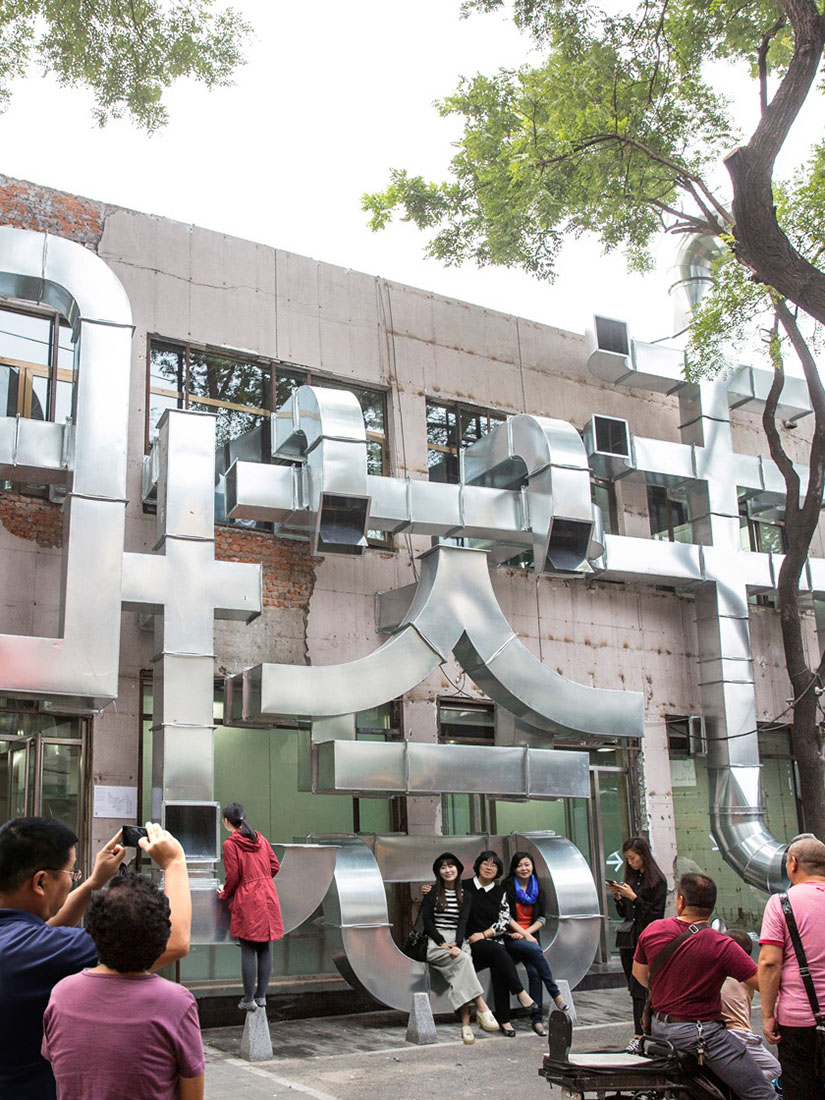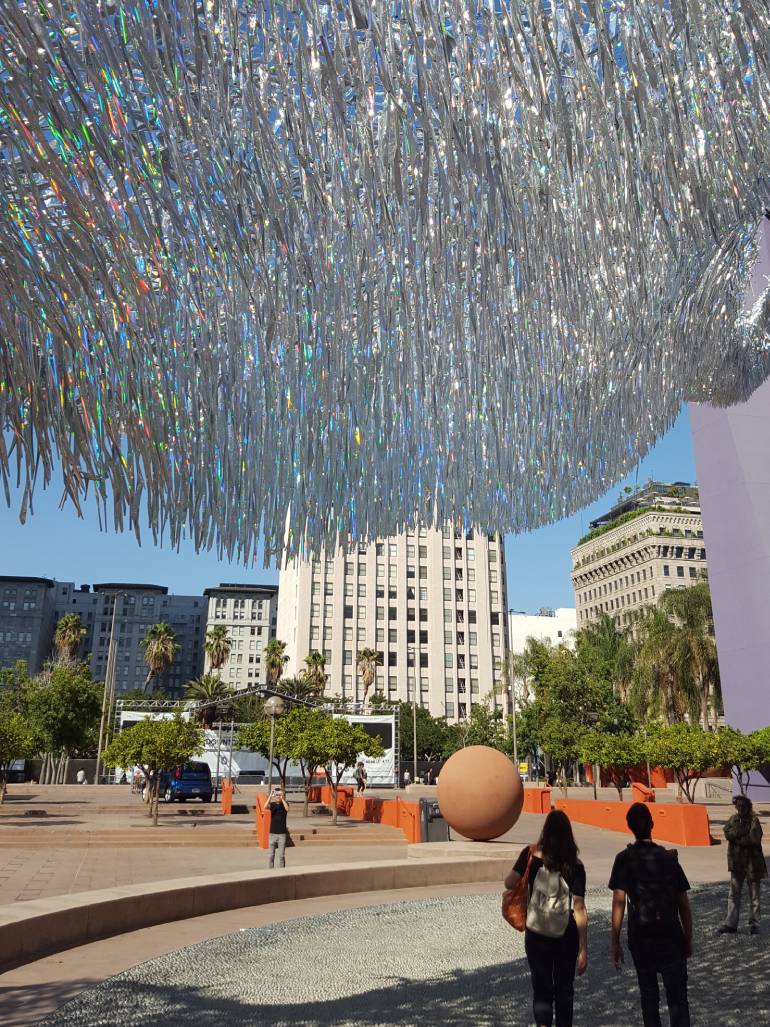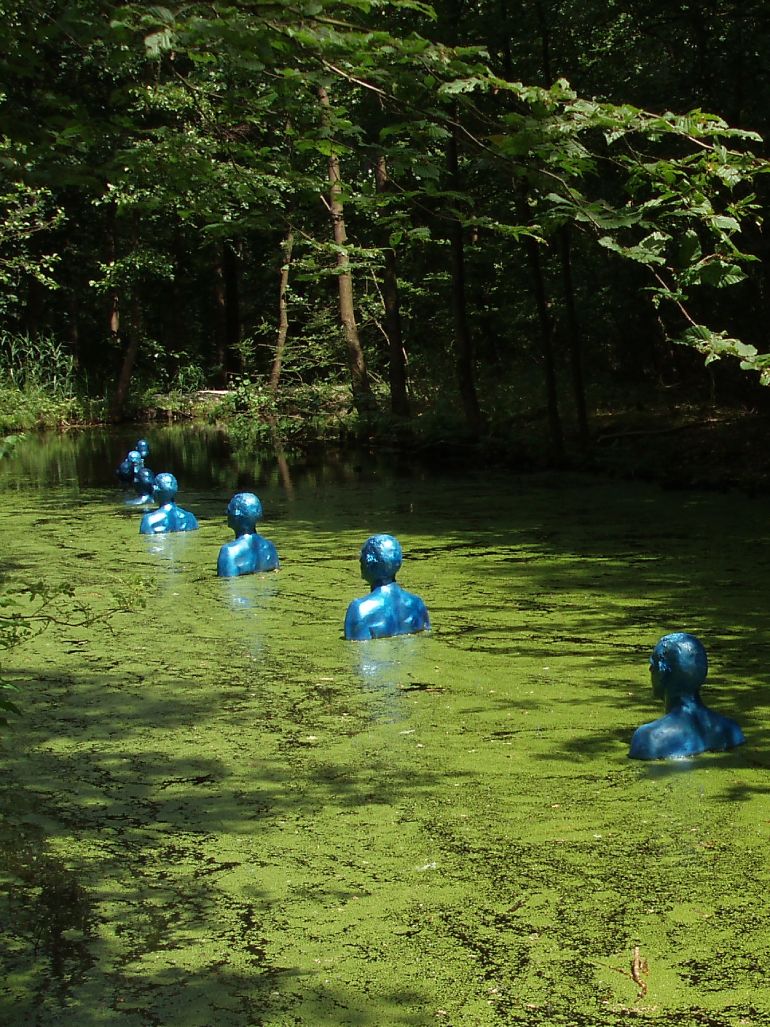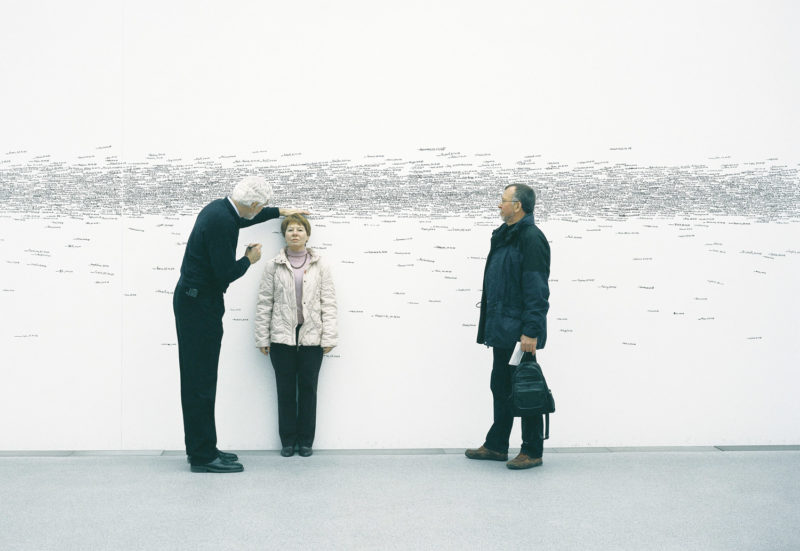
Introduction
Conceptual artists, particularly in Europe, have a rather exceptional and extremely rich history that spans decades. Nowadays, conceptual art 1 is still one of the most prominent art movements. In the early days, conceptual art did not play a prominent scene and would often thrive as an underground movement.
Although artists have been experimenting with the art form as early as the 1960s, this movement appears to be livelier and fresher than ever and more conceptual artists have started receiving recognition for their work. Artists such as Roman Ondák 2 have helped to carry the tradition and elevated the movement to even higher levels.
Time-lapse video: Measuring the Universe
Measuring the Universe
Measuring the Universe by Ondák was initially installed in Munich 3 at the Pinakothek der Moderne in 2007, which holds one of the biggest collections of modern and contemporary art worldwide. Ondák conceptualized the performance piece as a hybrid of public participation and a site-specific installation 4.
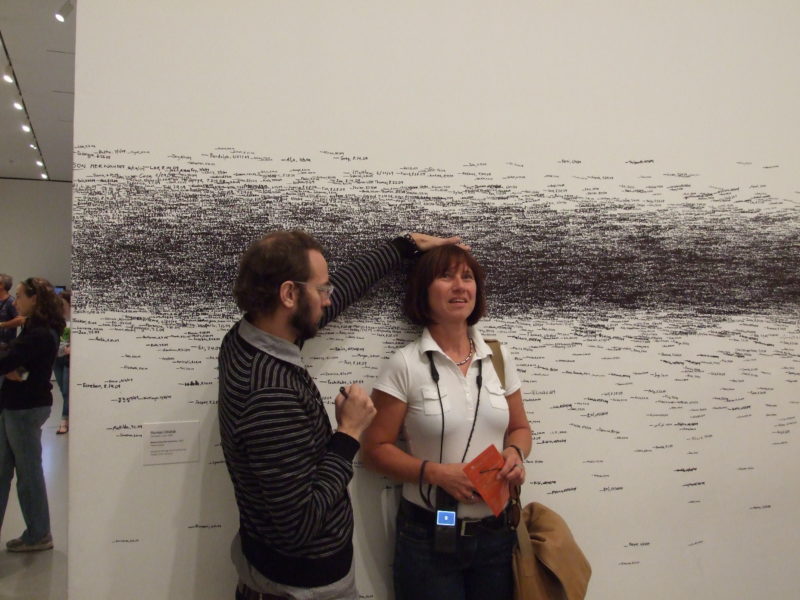
This exhibition featured a massive blank white that invited the Pinakothek der Moderne museum guards to note the heights of visitors. Once marked, the guards would also add the visitor’s name to the wall, as well as their date of visit. As a minimalist installation, the only thing required to bring this artwork to life was a blank white wall and several black markers, which would be used for the signing process.
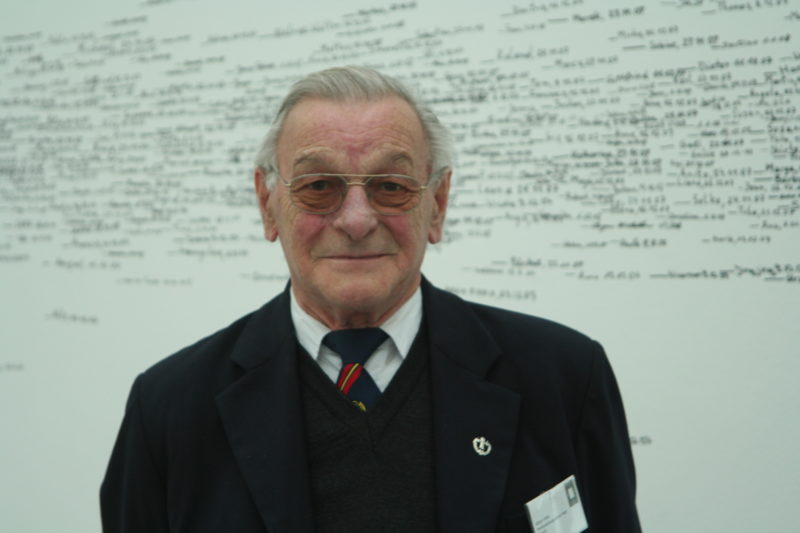
At the opening of the installation, all that was present was a blank wall. However, as visitors began streaming in, the clean white wall would slowly start getting filled with letters and lines of all the visitors who passed through the gallery. Each tiny black mark etched on the wall represented a real human being and, in the end, the wall was filled with numerous names. Every visitor who walked into the empty room was graciously invited to participate and many of the visitors agreed.
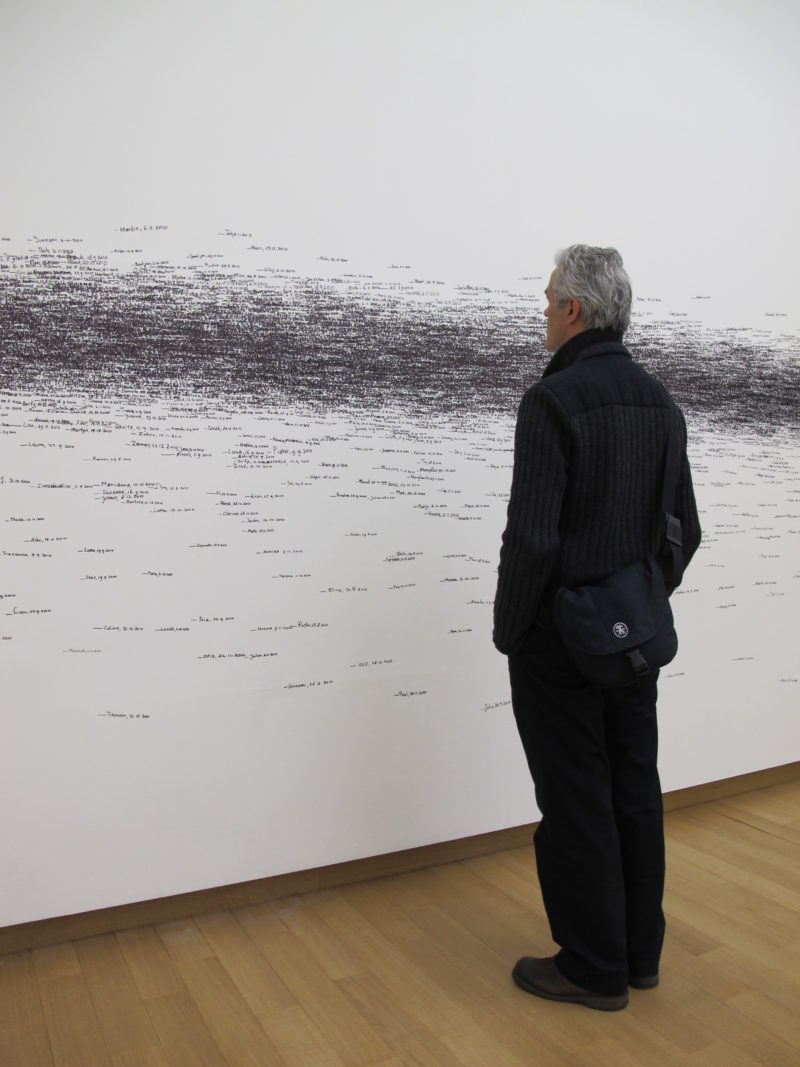
Active participation required
Without the active participation of the public, Measuring the Universe by Ondák would not exist. Measuring the Universe usually unfolds over three months and manages to accumulate thousands of signatures from visitors. Once the names started to fill up the walls, they create a thick, black band that encircle one wall and the next in the square gallery space.

As you can expect, often the artist himself is the first to etch his name and height on the wall. Most of the measurements are taken from adults. However, several children and some shorter participants also have their names written, which helps to provide an interesting pattern and perspective.
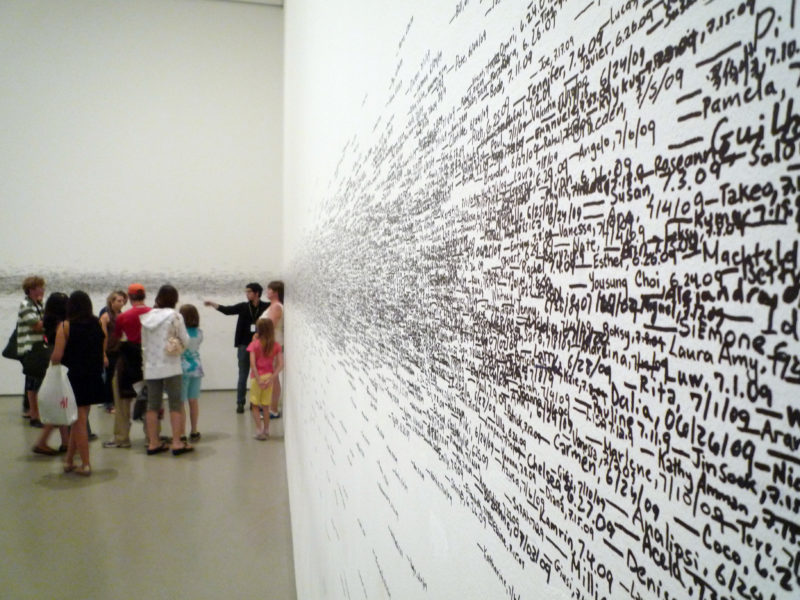
Inspiration behind the artwork
This work was inspired by Ondák’s interest in blurring the lines between art and day-to-day life. The act of writing the visitor’s measurements on the wall is very similar to what parents do when measuring their children’s height at home. Ondák got the idea to create Measuring the Universe after frequently taking measurements of his sons’ heights. He, therefore, thought it would be interesting if that very simple act could be transformed into art, which is how the concept for the exhibition came about.
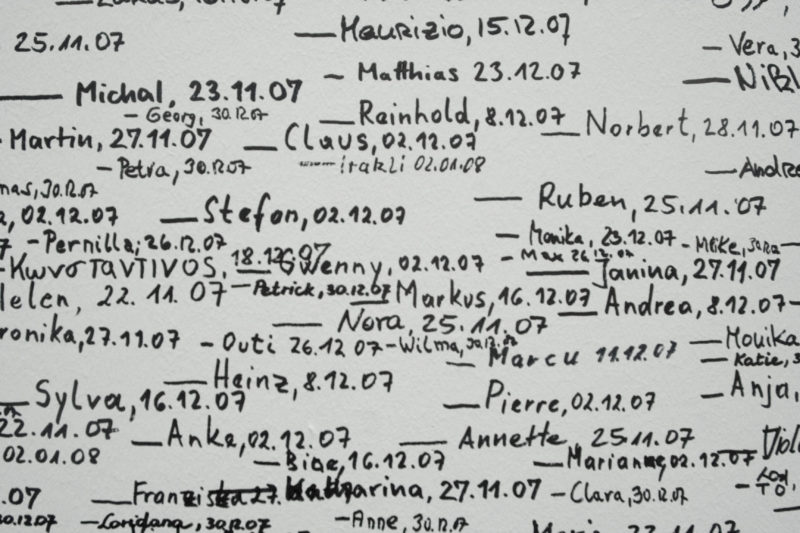
According to Ondák, asking the audience to take part in the piece helped to foster the public’s connection to the work. Because each person’s name, height, and date of visit are different, the artist embraced the uniqueness of human existence. Since the installation asked the public to take part 5, each person also likely had their own interpretation of the piece, which helped to add depth to the artwork.
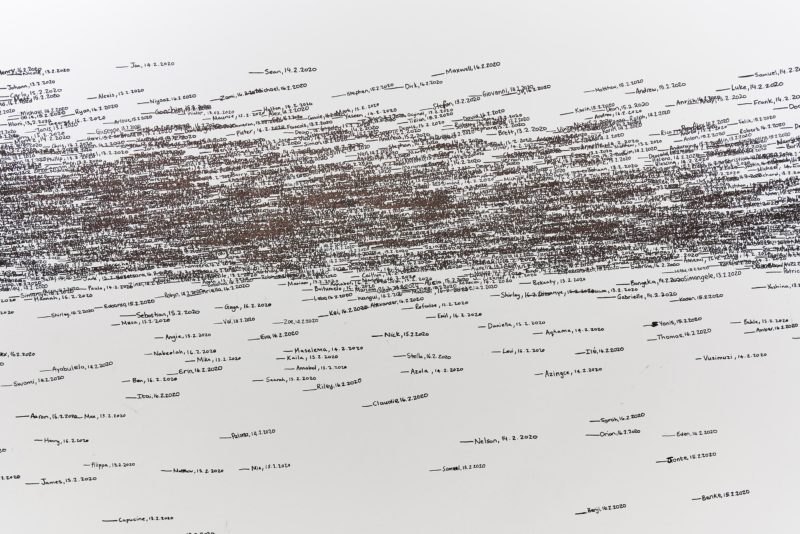
Exhibitions
Measuring the Universe has been incredibly popular amongst audiences worldwide. Its exhibition at the MoMa in New York attracted 5,000 people on a sunny day and over 20,000 on a rainy day. The installation at Tate St Ives had over 90,000 visitors.
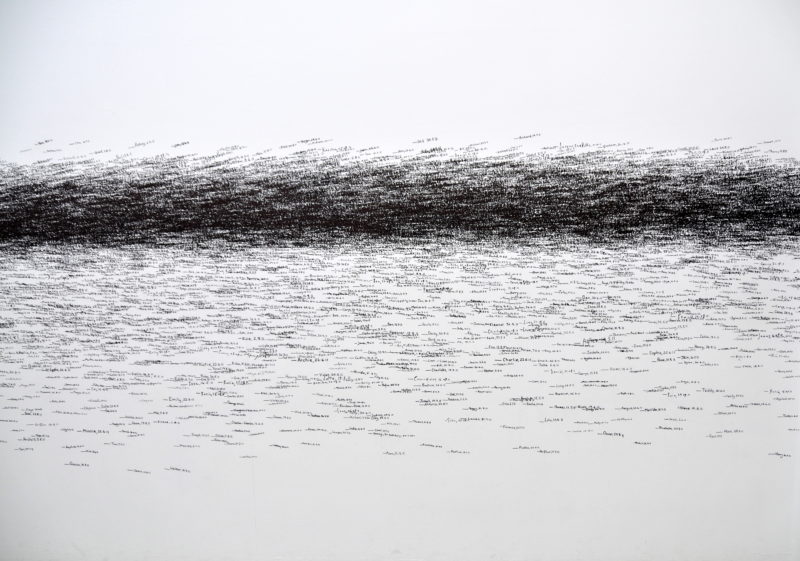
In a rather unusual development, the performance returned to its origin, 15 years after the premiere at the very same museum, the Pinakothek der Moderne in Munich. It was on display from June to September 2022. Since 2007, Measuring the Universe was presented in several spaces:
| Location | Year |
|---|---|
| Pinakothek der Moderne in Munich | 2007 |
| MoMA 6 in New York 7 | 2009 |
| Stedelijk Museum 8 in Amsterdam 9 | 2010 – 2011 |
| Tate St Ives 10 in the summer | 2011 |
| Parramatta Town Hall, Sydney Festival in Sydney 11 | 2014 |
| Fondation Louis Vuitton, Being Modern: MoMA in Paris in Paris 12 | 2017 |
| Pinakothek der Moderne, Munich | 2022 |
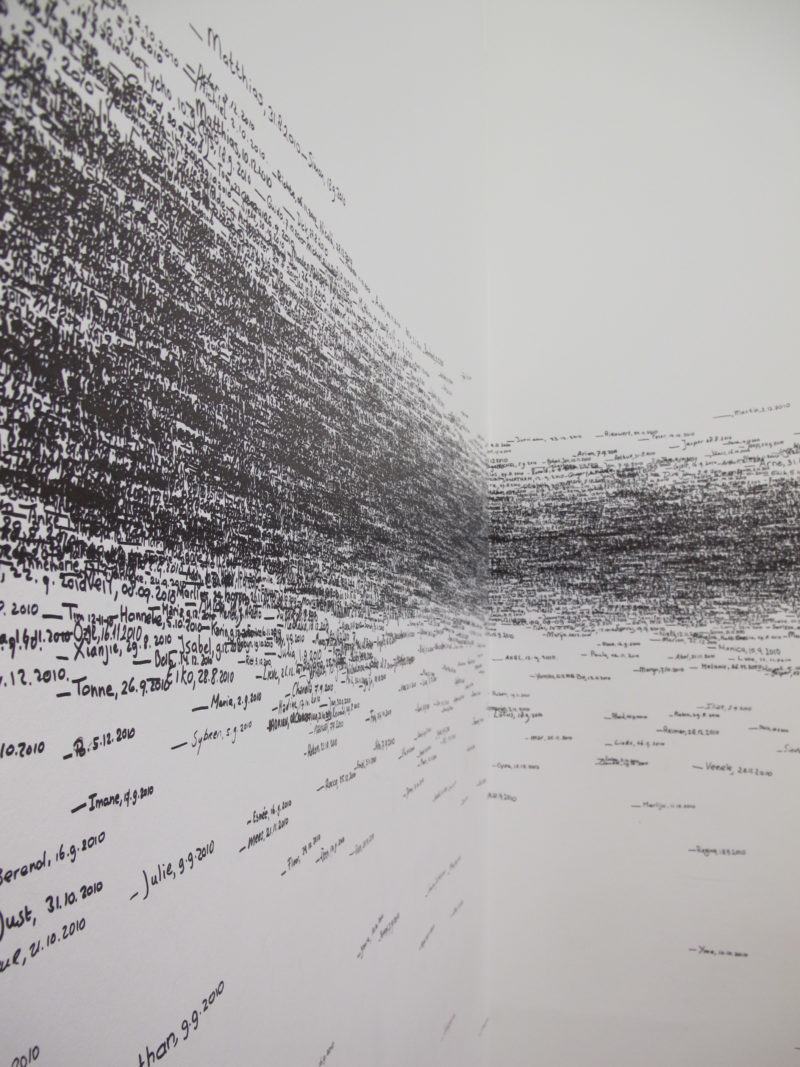
The meaning of the artwork
In an interview with Klaus Biesenbach 1314, Ondák compares his creation to a clock that shows hours and minutes. According to him:
Any moment matters. So the performance has the same status with one mark on the wall as with thousands of them. […] It’s something like if I’d be sitting for the whole day in a café on the corner of a busy street, watching the crowd passing by, and I’d try to identify and remember everyone.
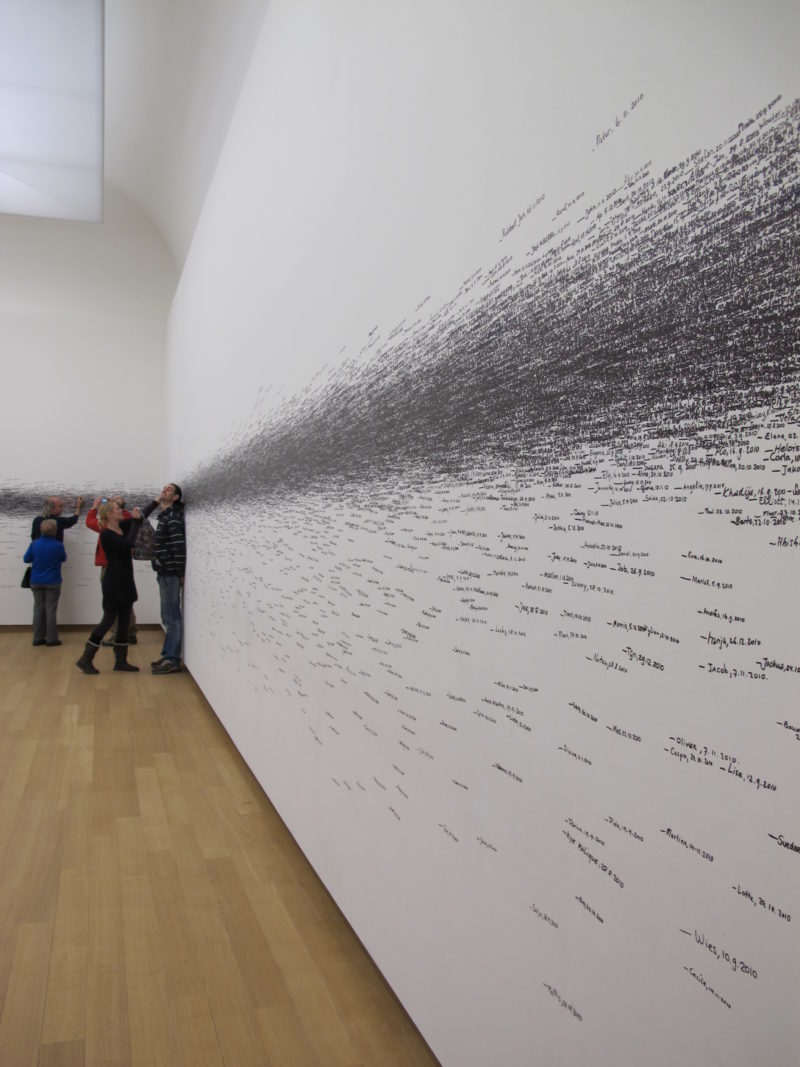
He further explains his motivation to visualize what this large amount of people symbolizes and mentions that in the exhibition space is an invisible potential to transform the presence of people into a physical object. This way, each individual can get a sense of how much space he takes up and develop an understanding of the vastness of the universe.
The installation also creates a network of names, conveying a connectedness between all participants. Some have pointed out that the appearance of Measuring the Universe resembles a galaxy with a reversed color scheme, with each black mark portraying a tiny star. The curator of the Munich exhibition called the artwork a picture of our life in this world – a picture of the importance, but also insignificance of the individual human being in mass and time.
Video: Roman Ondák discusses Measuring the Universe
Because the piece is based on set instructions, rather than the creation of an artwork from scratch, this growing and living piece is continuous and can be installed in any part of the world. Aside from that, Measuring the Universe can also be viewed as an extended performance, capable of being pulled off in any location, whether that’s a public space or a private one.
Artists, the likes of Roman Ondák, have been playing a vital role in spreading awareness about conceptual art. Simple yet powerful pieces such as Measuring the Universe explain why there has been a growing interest in the movement over the last few decades.
